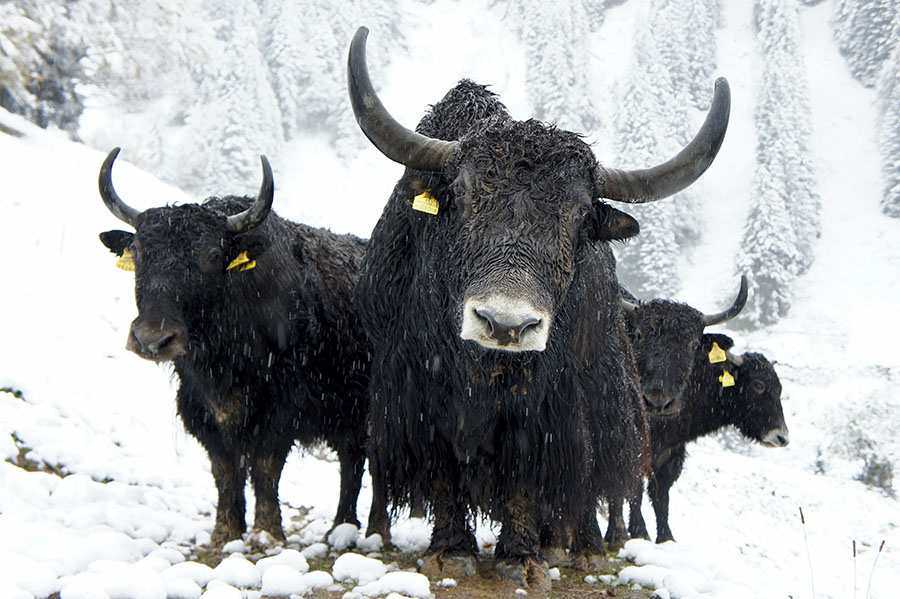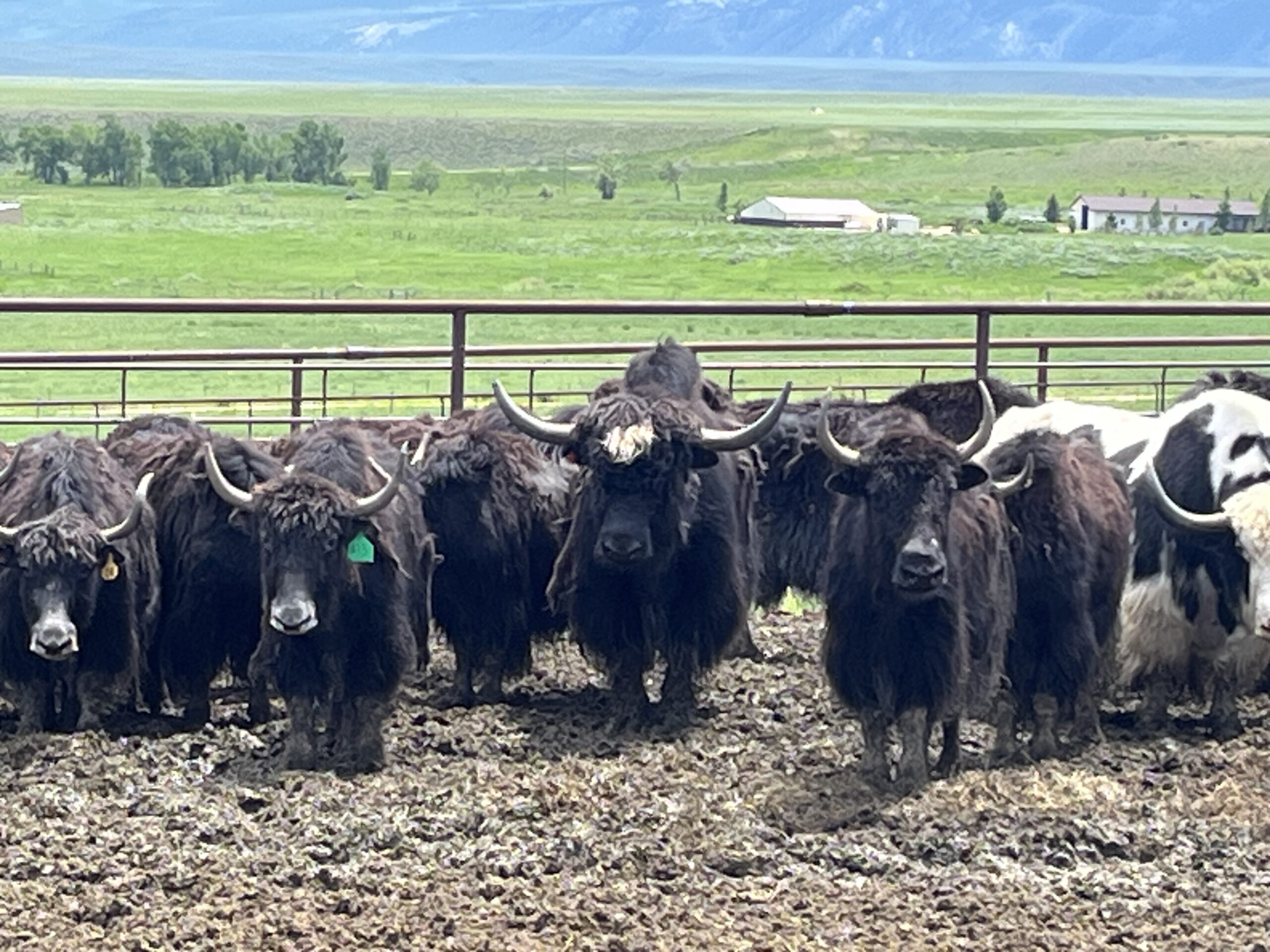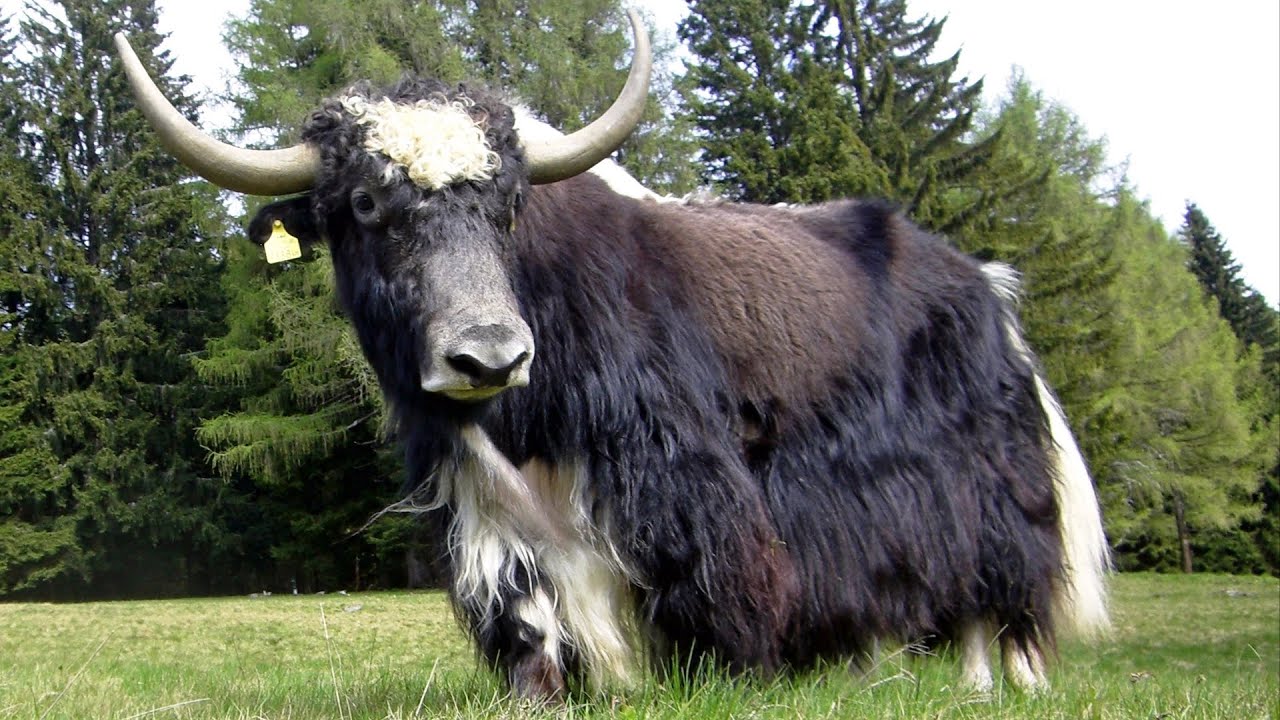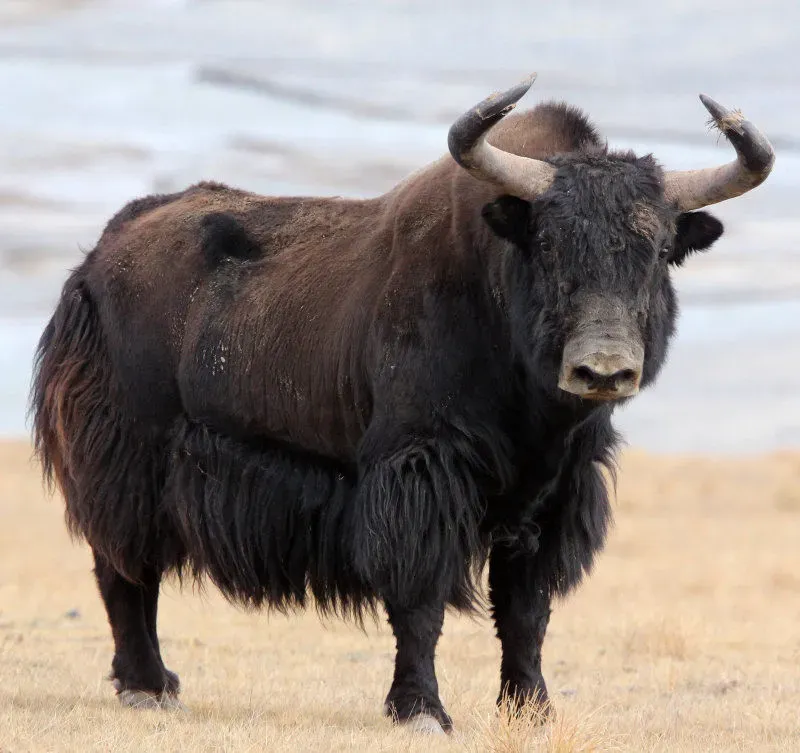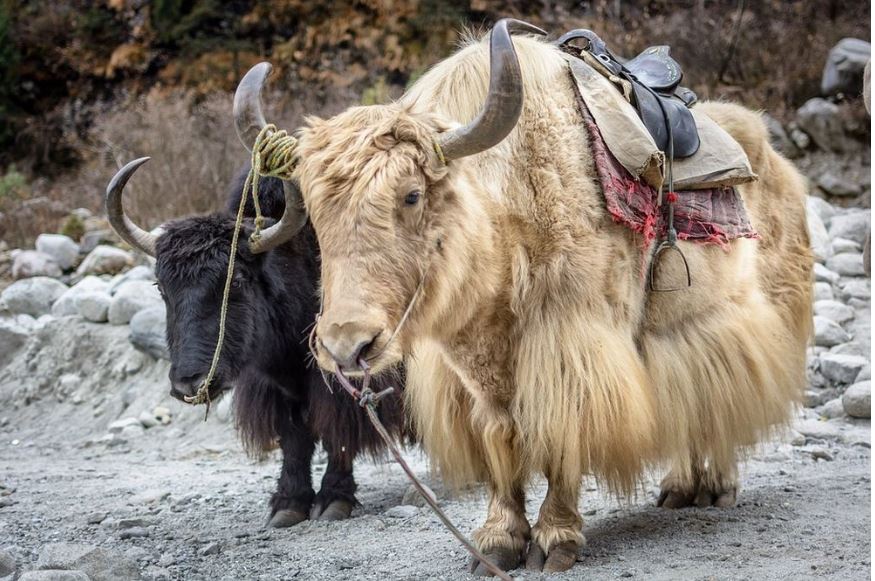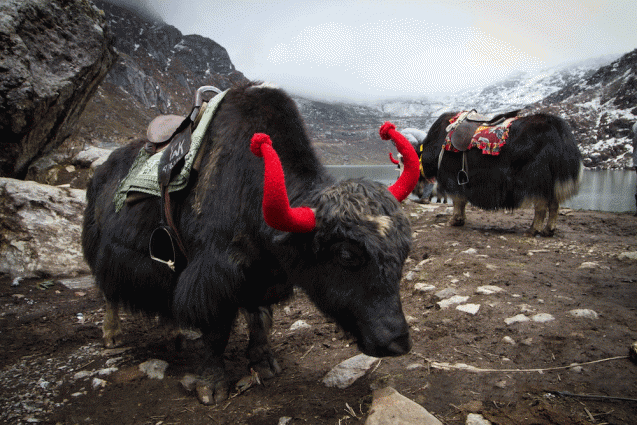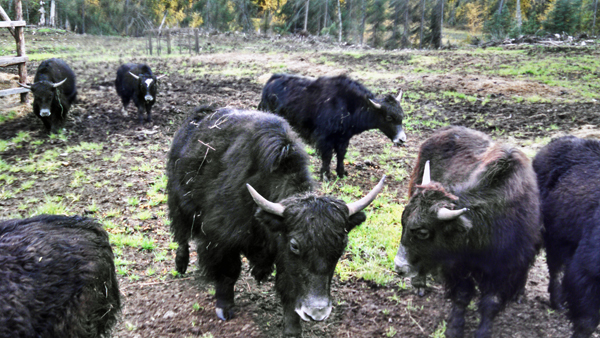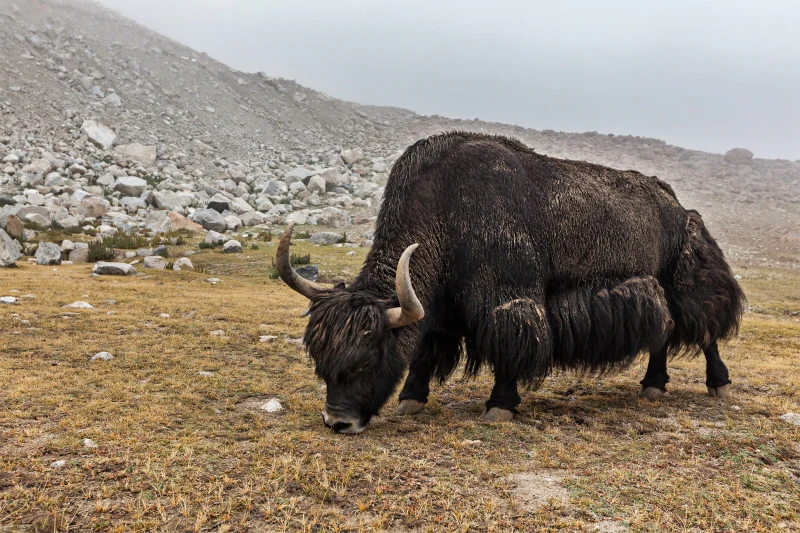Description
Yaks are remarkable and resilient creatures native to the Himalayan region, particularly found in countries like Tibet, Nepal, and Mongolia. These large bovines are well-adapted to their harsh, high-altitude environments, thriving in cold temperatures and rugged terrains where few other animals can survive. With their thick, long fur and sturdy build, yaks are expertly equipped to endure the chilling winds and snow that characterize their habitats. They play a vital role in the lives of local communities, serving as pack animals, sources of milk, meat, and wool, and even providing dung for fuel.
The domestication of yaks dates back thousands of years, and in addition to their practical uses, they hold cultural significance for many Himalayan peoples. Festivals and celebrations often feature yaks prominently, symbolizing strength and perseverance. Yak herders have developed a deep understanding of these animals, recognizing their individual behaviors and needs, which fosters a strong bond between the herders and their livestock. As climate change and modern demands threaten their traditional way of life, the future of yaks and the communities that rely on them hangs in a delicate balance.
Beyond their practical importance, yaks are also intriguing animals with unique characteristics. They possess a remarkable ability to graze on rough vegetation that other livestock would often overlook. Their gentle demeanor, coupled with an impressive set of curved horns, gives them an iconic appearance that captivates many. In recent years, the global interest in yaks has grown, with products like yak yogurt and cheese gaining popularity for their nutritional benefits. As the world becomes more aware of the ecological significance of sustainable farming practices, yaks stand out as an example of an animal that not only contributes to the livelihood of people but also plays a role in maintaining the delicate ecosystems of the high mountains.

